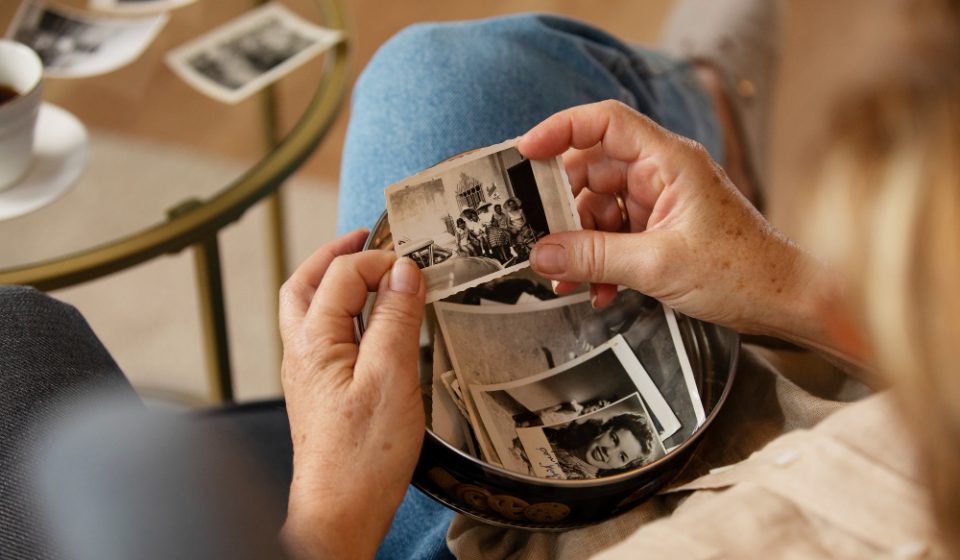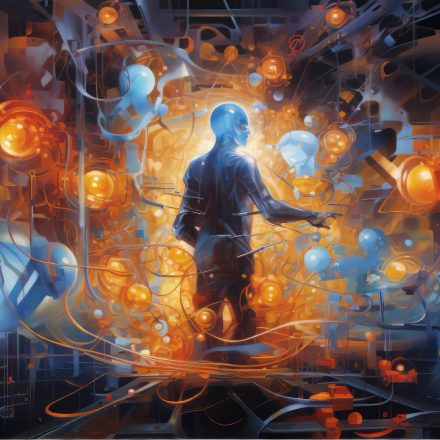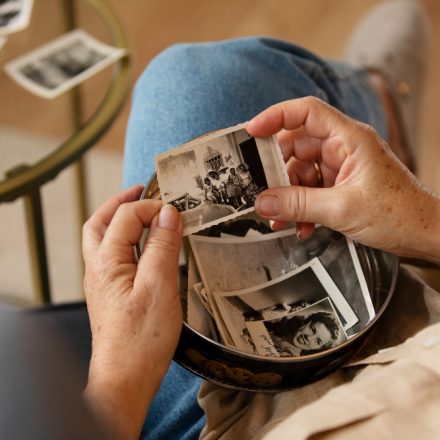
Why We Keep Old Photographs: The Invisible Connection Between Memory and Identity
The Emotional Architecture of Memory — How Photographs Become Vessels of Who We Were and Who We Still Are
Each old photograph we keep, whether it’s a faded Polaroid tucked into a family album or a digital image archived in a folder we rarely open, functions less as a record of the past and more as a tactile manifestation of memory itself — a kind of emotional blueprint of identity that quietly accumulates meaning as time moves forward. We often believe we preserve photographs to document life’s significant milestones — birthdays, weddings, journeys, reunions — but beneath that surface intention lies a deeper, more intricate human need: the desire to hold onto fragments of selfhood, to reconcile the continuity between the person captured in the frame and the one remembering it now.
A photograph becomes a physical threshold between time periods, a silent witness to transformation, and, paradoxically, a stabilizing force amid the constant flux of experience. When we stumble upon such images — perhaps unearthed from an old box or rediscovered while scrolling through digital archives — the sensations they evoke do not merely recall events; they reignite entire emotional landscapes tied to identity formation. The faces, the gestures, the fleeting expressions frozen in time act as coordinates through which we navigate both our personal history and our evolving sense of self.
Psychological research has long suggested that remembering is not merely a retrieval process but a reconstruction, a selective and interpretive act influenced by emotion, perspective, and context. In that light, old photographs serve as scaffolds for memory — not definitive proof of what once was, but triggers that activate the emotional and cognitive contours of who we once believed ourselves to be. They are not static artifacts; they transform over time, gaining new meanings as our present self gazes backward with fresh eyes. What once appeared ordinary can later glow with significance, because our current understanding keeps rewriting the narrative.
This act of preservation, then, is less about nostalgia or vanity and more about affirmation — a quiet insistence that our existence has continuity, that the people, places, and moments we once inhabited remain imprinted within us. The image verifies that we were present, that we loved, that we endured. It affirms the narrative of a life lived, while also providing a tangible interface between past and present selves. Even when stored away, photographs hum softly in the background of our memory, reminding us that identity is not forged in isolation but layered through time.
In this way, photographs become extensions of autobiographical memory: intricate connectors between the visible and the invisible, the factual and the felt. They are at once relics and living dialogues — objects that speak both to who we were and to who we imagine ourselves to be. This duality infuses them with profound emotional gravity, transforming photography from a cultural practice into a deeply personal language through which we negotiate belonging, permanence, and meaning. Holding onto old photographs is not merely an act of sentimentality; it is a quiet ritual of continuity — an assertion that fragments of yesterday still compose the foundation of today’s self.
The Mirror of Time — How Looking Back Through Photographs Shapes the Story We Tell About Ourselves
To look at an old photograph is to step, for a moment, outside linear time — to encounter a younger version of ourselves in a frozen instant and to engage in a silent dialogue across decades. This act of looking back is not passive. It is interpretive, creative, and deeply psychological. As we study the photograph, we do more than see what was there; we rewrite memory, reframe emotion, and reconstruct identity.
Psychologists remind us that human memory is fluid rather than fixed. When we recall a moment, the very act of remembering rewires how that experience is stored. Photographs operate within this process as both anchor and invitation. They anchor us to specific details — the cut of a dress, the patterns of light, the curve of a smile — and yet they invite reinterpretation. They urge us to ask not only what happened but who were we then? Each time we revisit an image, our interpretation shifts, colored by new experiences, revised self-understandings, and the quiet wisdom of hindsight.
This ongoing reinterpretation transforms the photograph into a mirror of time. It reflects not only what was captured but how we have changed in the act of remembering it. It reflects what we choose to emphasize — the joy or the loss, the innocence or the resilience. Through that reflection, identity itself becomes fluid, a narrative constantly in motion. Photographs allow us to trace this evolution, to witness the multiple selves that have existed within us, and to understand that identity is less a stable monument than a continuing story written through moments both remembered and imagined.
Yet there is another layer. We do not keep photographs only for accuracy or evidence. We keep them to impose coherence on the scatter of experience — to tell ourselves that life follows a legible arc, that the fragments connect. In this way, the photograph becomes not just a reminder of the past but a storyteller in its own right, helping us to bridge the gaps between memory and meaning. It holds within its frame not simply faces and places, but threads of belonging, purpose, and self-recognition.
When we leaf through our old albums or scroll through archived images, what moves us is rarely the composition or technical quality of the photograph. It is the recognition that within those frames reside versions of ourselves still speaking softly from the depths of time. That recognition assures us that, despite all the changes, something essential endures — a continuity of identity that binds the then and the now.
The reason we keep old photographs, ultimately, lies in their quiet power to transform recollection into belonging. They show us not only where we have been but who we have become in the process. They remind us that identity is an evolving narrative — one that begins in the stillness of an image but continues to unfold, endlessly, within the living memory of those who look back.








